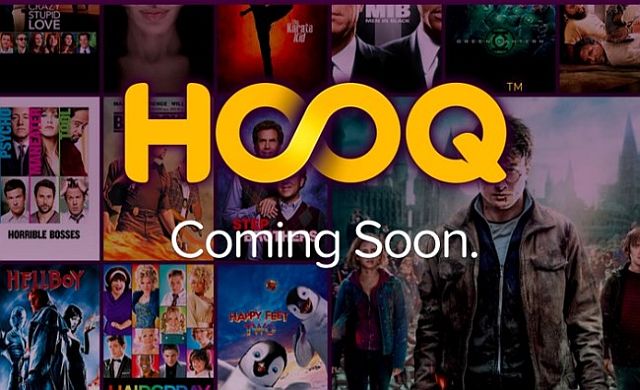
IT was last September when Reed Hastings, chief executive officer of online streaming entertainment service Netflix, made the bold prediction that broadcast TV in the US will be gone by 2030.
If Mr. Hastings made that prediction when Netflix was still in the business of selling digital CDs of movies which was way back in the late 90s he would have been scoffed at.
Now though, Netflix along with similar Amazon Prime and Hulu Prime are changing the face of the entertainment industry by not only streaming TV shows that have since been gone in traditional broadcast TV but also producing their own TV shows.
Netflix, for one, is headed towards producing their own movies after enjoying considerable success with shows like “House of Cards.” Its success may have compelled Home Box Office (HBO) to go online with their HBO Now which produces shows like “Game of Thrones.”
Hastings’ prediction, while seemingly possible in the US which saw a sharp decline in ratings of broadcast TV programming, will not be possible here in the Philippines—at least not in the foreseeable future, which may mean one to even two decades from now.
For one thing, Wi-Fi availability and connectivity here is severely limited despite the claims of the country’s top Internet service providers which usually mean the major telecom providers.
The national government’s proposal to expand Wi-Fi connectivity to public places like parks and libraries doesn’t guarantee smooth online streaming, only basic Web browsing of social media sites like Facebook, Twitter, plus Google.
Plus the continued popularity of broadcast TV networks like ABS-CBN, GMA and TV5—evidenced by the strong showing of local dramas and Korean telenovelas aside from their local and national TV news coverage—as well as cable TV programming makes Internet TV appear more like a novelty rather than a viable entertainment option.
Still, that didn’t stop the entry of online streaming services like IFlix—said to come from Kuala Lumpur, Malaysia and powered by PLDT-Smart—and HOOQ, a venture between Singapore Telecoms, Sony Entertainment TV and Warner Bros. Entertainment and brought to the country by Globe Telecom, from entering the Philippine online entertainment scene.
I managed to download both IFlix and HOOQ on my mobile device and had a few observations on their quality of service. While IFlix is easy to download and use, I had trouble downloading HOOQ on either a laptop or PC since it required downloading of Microsoft Silverlight, a program similar to Adobe Flash.
Needless to say, I had little to no trouble watching TV shows and movies on IFlix even with average to below average Wi-Fi connectivity.
But HOOQ gives viewers a heads up on the quality of Wi-Fi connectivity; a dot on the upper corner flashes green to indicate that Wi-Fi connectivity is excellent, while yellow and red indicates poor Wi-Fi connectivity.
That said, HOOQ has a slight edge in terms of overall presentation over IFlix, as their lineup of domestic and foreign shows appear to be bigger than IFlix’s library thanks in large part to Sony and Warner Brothers’ contributions which meant updated episodes of hit shows like “The Flash,” “Arrow” and now “Supergir” and “Agents of S.H.I.E.L.D.”
In terms of rates, IFlix is cheaper at P129 a month compared to nearly P150 for HOOQ. Both can be paid through debit or credit card or through existing Smart and Globe prepaid or postpaid subscriptions.
Again even at those rates, it is highly unlikely that these two online streaming services will replace broadcast TV anytime soon based on reasons I cited. Further studies will also have to be made to show how much entertainment content Filipino consumers take online.
For now, both IFlix and HOOQ offer a good alternative to Filipino media consumers. Over time it remains to be seen if they can produce their own homegrown shows like Netflix.



